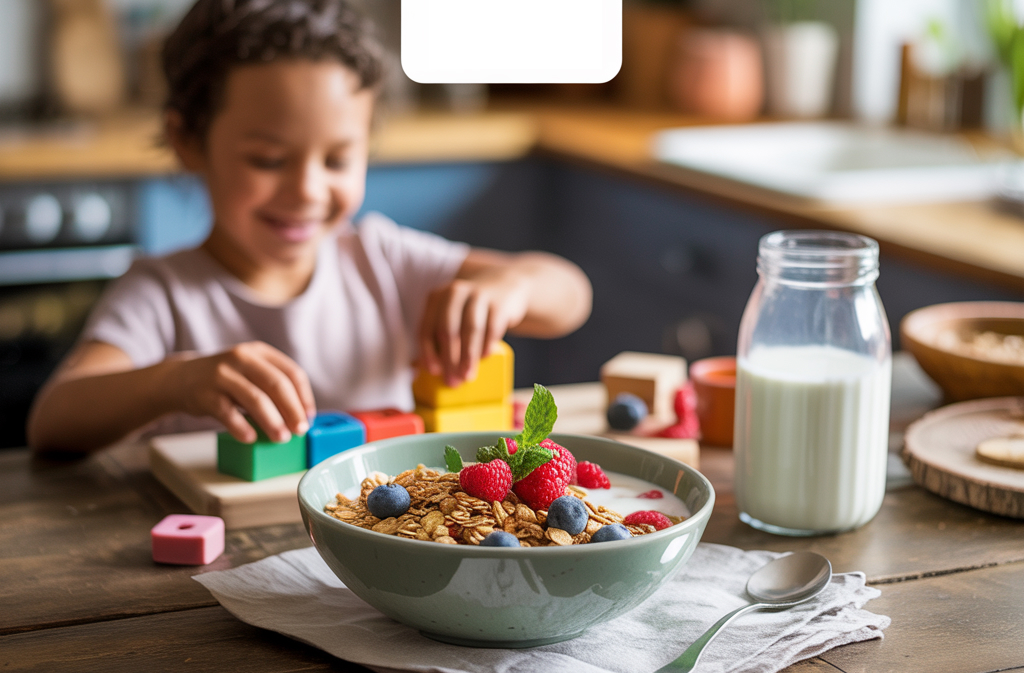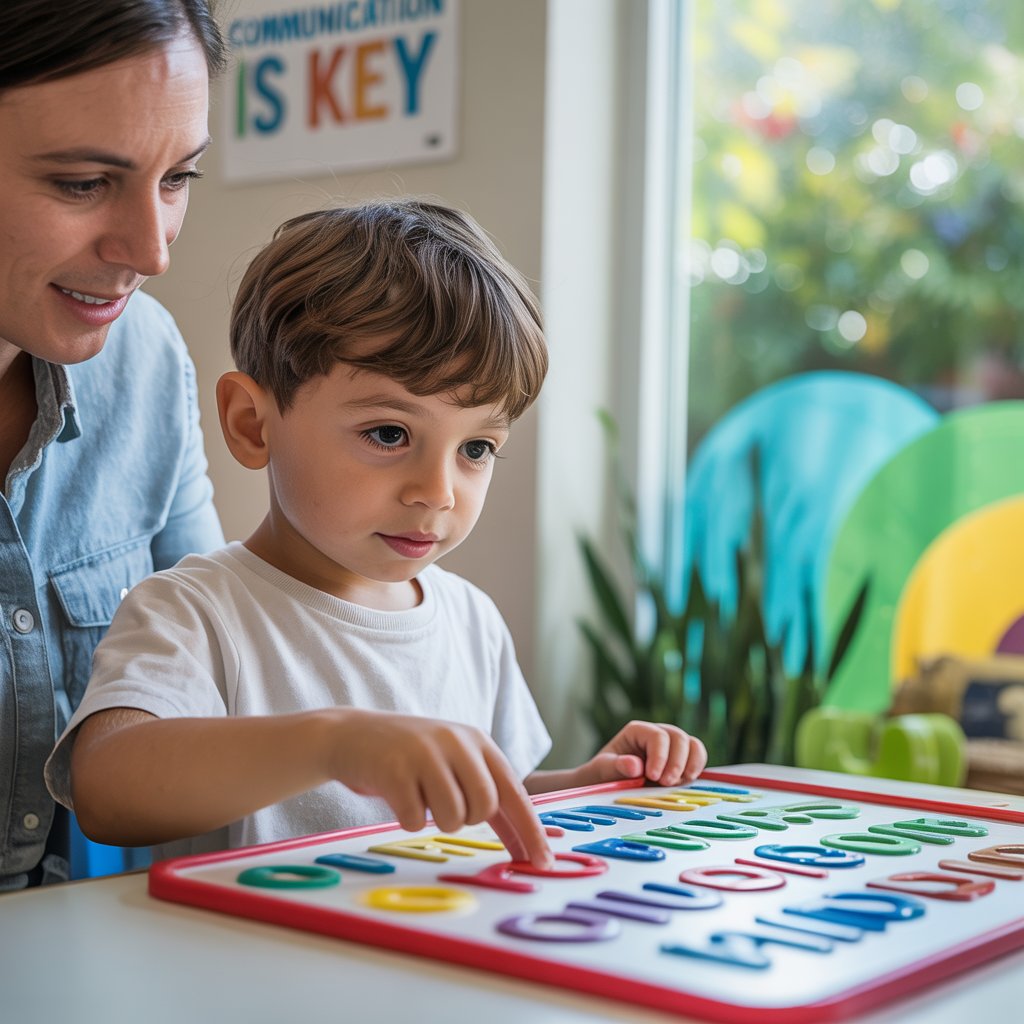Foundation Principles of an Autism-Friendly Diet

Eliminating Common Trigger Foods
Figuring out which foods might be causing issues for your child with autism isn't just some health fad—it's often a game-changer. Many parents report significant improvements in behavior, focus, and even sleep when certain trigger foods are removed.
The big culprits? Usually these:
- Gluten - Found in wheat, barley, and rye
- Casein - The protein in dairy products
- Artificial colors and preservatives - Those mysterious ingredients with numbers instead of names
- Added sugars - Which can cause energy spikes and crashes
- Soy products - Another common sensitivity
Starting with a two-week elimination of these potential triggers often shows whether they're affecting your child. Don't tackle everything at once though—that's a recipe for frustration. Begin with the most likely suspects based on your observations of reactions after meals.
Remember that not every child with autism responds to dietary changes. Your kiddo is unique, and what works for one family might not work for yours. Keep a food journal to track behaviors, sleep patterns, and digestive symptoms as you make changes.
B. Building Meals Around Nutrient-Dense Whole Foods
The autism brain needs premium fuel, not the cheap stuff. Focus on these powerhouse foods:
- Omega-3 rich foods: Wild-caught salmon, walnuts, chia seeds
- Antioxidant champions: Berries, colorful vegetables, dark leafy greens
- Quality proteins: Grass-fed meats, pasture-raised eggs, legumes
- Healthy fats: Avocados, olive oil, coconut oil
- Complex carbs: Sweet potatoes, brown rice, quinoa
These aren't just "healthy choices"—they're brain food. The omega-3s support brain development and reduce inflammation. Antioxidants fight oxidative stress (which is often higher in autism). Quality proteins provide the building blocks for neurotransmitters.
Don't worry about perfection here. Even swapping out one processed snack for a whole food alternative is progress. Small, consistent changes add up to big results over time.
C. Establishing Consistent Meal Routines
Kids on the spectrum thrive with predictability—mealtime is no exception. When meals happen at random times in random places, it creates unnecessary stress.
Create a meal schedule and stick to it as much as humanly possible. This isn't just about timing though:
- Serve meals in the same location
- Use consistent plates, cups, and utensils
- Maintain a similar meal structure (protein + vegetable + complex carb)
- Create pre-meal and post-meal rituals that signal transitions
Visual schedules work wonders here. A simple chart showing what happens before, during, and after meals can reduce anxiety and set clear expectations.
Remember that flexibility can be built in gradually. Start with rigid consistency, then slowly introduce small variations once the routine is established.

D. Addressing Sensory Issues with Food Textures and Presentations
Food refusal in autism often comes down to sensory processing, not stubbornness. That "picky eating" might actually be an overwhelming sensory experience.
Common texture aversions include:
- Slimy foods (cooked vegetables, yogurt)
- Mixed textures (casseroles, stews)
- Crunchy foods (raw vegetables, toast)
- Foods that require significant chewing
Rather than forcing the issue, work with these preferences while gradually expanding options:
- Serve foods separately instead of mixed together
- Offer dips that mask textures (hummus, guacamole)
- Try different cooking methods—roasting can transform a rejected steamed vegetable
- Make tiny changes to accepted foods (slightly less cooked, slightly different shape)
Temperature matters too. Many kids prefer room temperature foods that don't add another sensory element to process.
The presentation piece is huge—use divided plates to prevent foods from touching, cut foods consistently, and maintain predictable appearances.
E. Hydration Strategies for Optimal Brain Function
Dehydration is the silent saboteur of cognitive function and behavior regulation. The autism brain needs proper hydration even more than neurotypical brains, yet many kids on the spectrum drink far too little.
Why? Often it's because:
- They don't recognize thirst cues
- They're distracted and forget to drink
- They dislike the sensation of certain liquids
- Water seems boring compared to flavored drinks
Create hydration routines that work:
- Set specific "water breaks" throughout the day
- Use visual timers or apps as reminders
- Offer water in preferred cups with preferred temperatures
- Try infusing water with fruit for natural flavor
- Consider frozen fruit "ice cubes" for visual appeal
For sensory seekers, straws that require extra effort to suck (like sports bottles) can provide satisfying input while hydrating. For those with texture sensitivities, the perfect temperature can make all the difference—experiment to find their preference.







